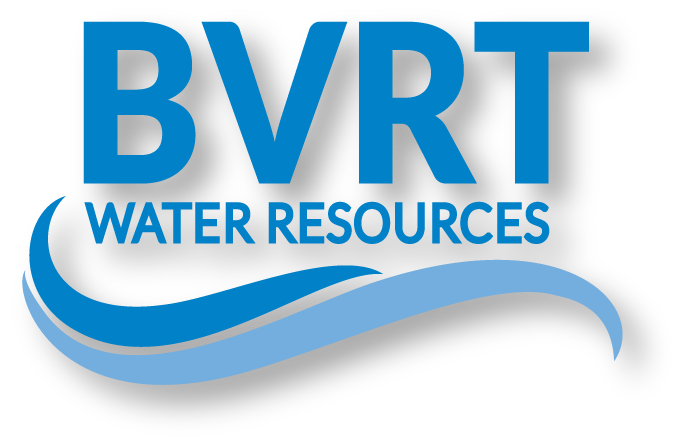Wastewater Testing Pays Off In The COVID-19 Battle

Source: Aerzen
As the coronavirus began its trek across the country in March, scientists turned their microscopes to human waste to find early warning signs of outbreaks. The idea was that COVID-19 in wastewater would point to outbreak clusters quicker than individual testing data.
That theory appears to be paying off, especially at colleges and universities that are working furiously to get kids back to campus.
In late August, Utah State University found elevated amounts of COVID-19 in wastewater samples collected from four dorms on campus. This allowed school officials to work to isolate the virus by issuing an alert that called for mandatory testing and quarantine of the nearly 300 students living in those residence halls. The school also activated a “COVID care team” to help those affected with meal deliveries and other resources.
Wastewater sampling began July 1, and classes had recently started at Utah State with some of the students just moving into their dorm rooms when the outbreak was detected. No other testing samples taken on campus during the same week showed elevated levels of the virus.
The University of Arizona was also able to find and quarantine several asymptomatic students because researchers collecting sewage samples from 20 buildings on campus detected coronavirus genetic material in one dorm. The school isolated the students — who otherwise would have just gone about their business, possibly fueling a widespread outbreak — after testing more than 300 people in the affected dorm.
Some larger communities are also keeping an eye on their wastewater for COVID-19 clues, such as the City of Clemson, SC, which saw a late summer spike in COVID-19 in wastewater samples at a plant that services a significant amount of off-campus housing for Clemson University. Meanwhile, samples taken at the university wastewater plant show no sign that the virus is widespread.
The upside is that the school and city now have data to understand where the problem is happening, so they can focus on addressing it.
The CDC in August announced the creation of the National Wastewater Surveillance System to help local public health leaders better understand the extent of the spread of the pandemic in their communities. Studies show the virus can be found in the feces of sick people as well as those who don’t yet have symptoms.
Published September 3, 2020
Original article from Wateronline.com

